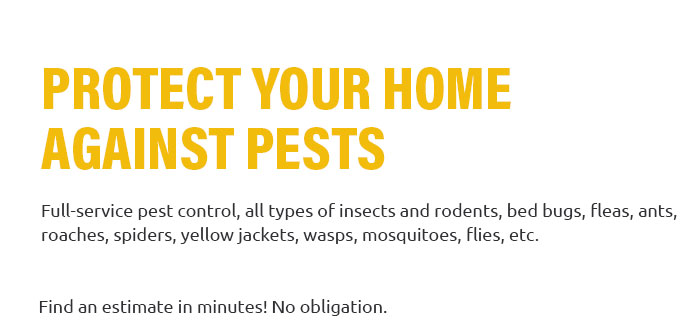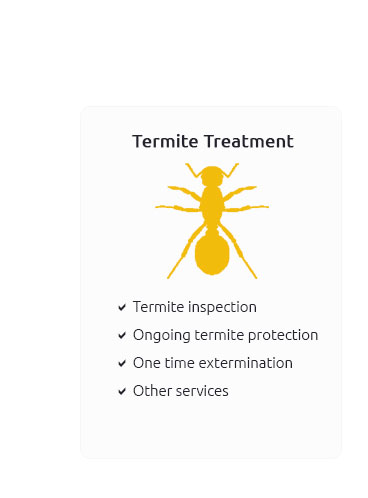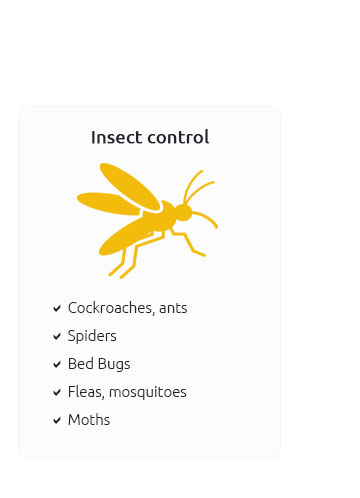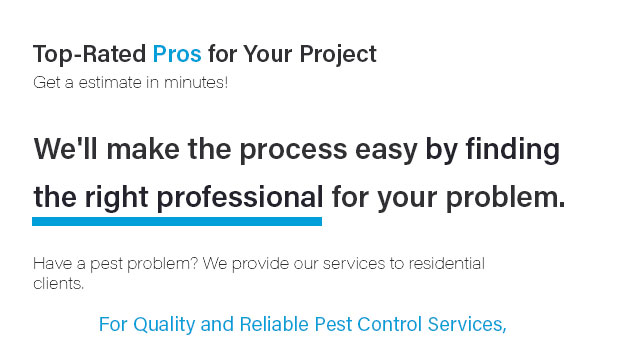 |
|
||||||
 |
 |
 |
 |
 |
 |
 |
 |
 |
 |
 |
 |
 |
|
2man0i6g5fp Discover the ultimate solution to your mouse woes with our unparalleled pest control service, where we don't just eliminate mice; we obliterate them with precision and expertise, ensuring your home is a fortress of comfort and safety, free from unwanted guests; trust the best in the business to restore your peace of mind, as our team of professionals deploys cutting-edge techniques and eco-friendly methods to tackle the problem at its root, delivering results that speak for themselves and a home environment you can truly enjoy without a hint of hesitation.
https://www.quora.com/Is-it-possible-to-get-rid-of-all-mice-in-my-house
Other than that, the best way to get rid of them is to make your home unattractive. Be super careful about not leaving out food, put everything ... https://tomcatbrand.com/en-us/how-to-control/how-to-get-rid-of-mice-naturally.html?srsltid=AfmBOorfmAINZO8JyeXdDVD1w-R9sVqCcEFx8kEGTJehVtFRU1dQDOeg
One of the best, most natural ways to get rid of mice is to "inspire" them to leave on their own. How? By taking their strongest traittheir sense of smelland ... https://www.nativepestmanagement.com/blog/2023/november/5-sure-fire-ways-to-get-rid-of-mice-in-your-walls/
3. Use Mouse Traps and Bait ; Type of Mouse Traps. Description ; Snap Traps. The most effective option for quickly killing house mice. ; Live Traps. A humane way ...
|



